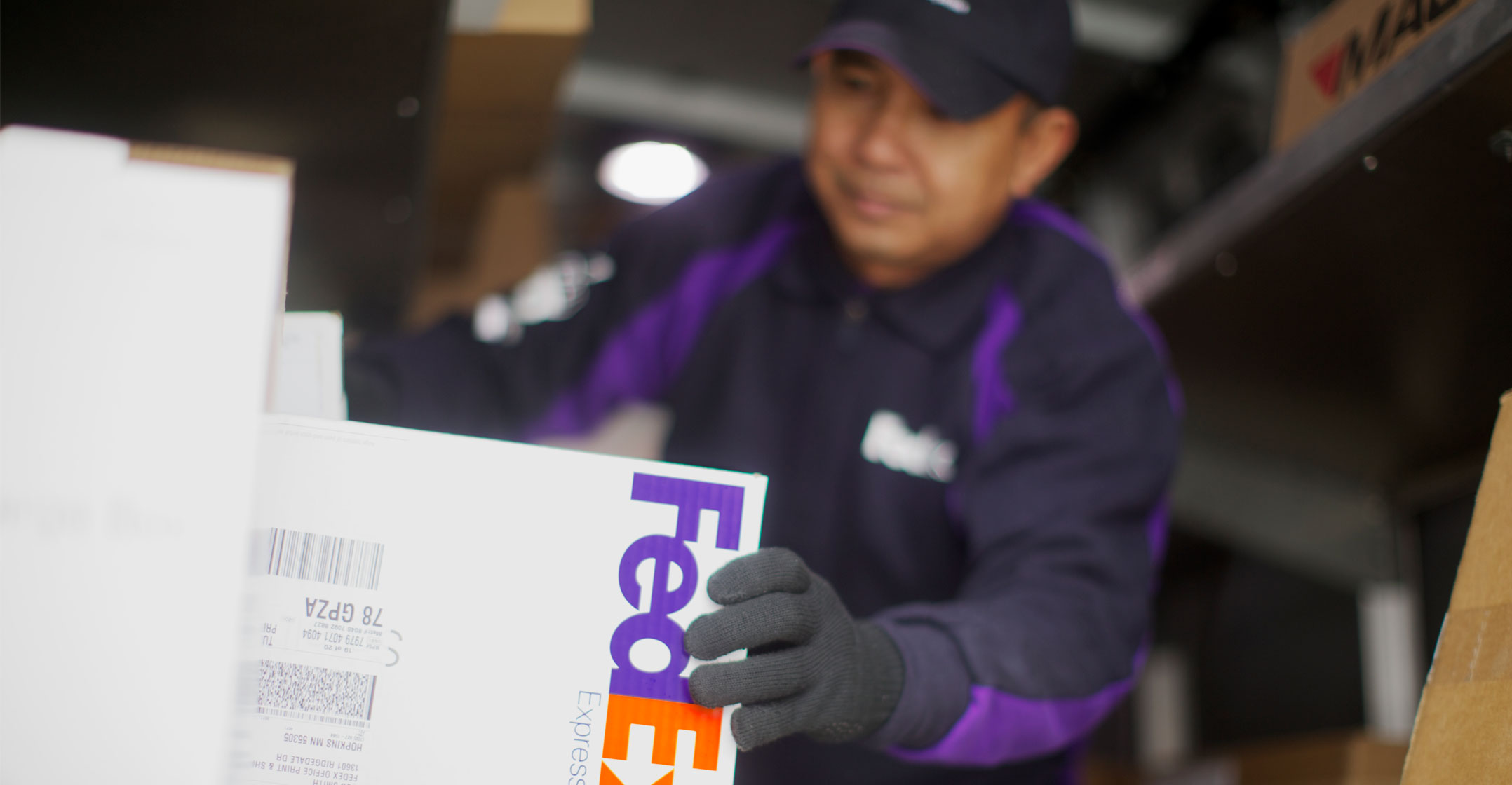 When Microsoft unveiled Azure Synapse Analytics a year ago, the company promised to put data and the power of analytics at people’s fingertips – anywhere in an organisation – while freeing up skilled tech workers to focus on higher-value tasks than managing data infrastructure.
When Microsoft unveiled Azure Synapse Analytics a year ago, the company promised to put data and the power of analytics at people’s fingertips – anywhere in an organisation – while freeing up skilled tech workers to focus on higher-value tasks than managing data infrastructure.
“We started with the hypothesis that it’s too difficult for many organisations to use their own data and deploy AI, and there aren’t enough software engineers on the planet to fill the shoes of all of the analytics that’s going to need to get done,” said John Macintyre, director of product, Azure Synapse and Analytics Platforms at Microsoft. “We knew we could make this tremendously simpler.”
With Azure Synapse, Microsoft offers limitless data warehousing and analytics, connecting and simplifying multiple sources of data so any organisation can get more utility out of its own information.
On Thursday, Microsoft announced that the latest version of Azure Synapse is generally available, and the company also unveiled a new data governance solution, Azure Purview.
In the year since Azure Synapse was announced, Microsoft says the number of Azure customers running petabyte-scale workloads – or the equivalent of 500 billion pages of standard printed text – has increased fivefold.
That includes global delivery giant FedEx. The company is collaborating with Microsoft to build FedEx Surround, a new platform using Azure ecosystem products including Azure Synapse that helps its customers digitise their supply chains and use data to manage and track inventory in real time.
Insights
FedEx scans each of the 16 million packages it delivers daily more than a dozen times before the packages reach their destinations. That generates enormous amounts of useful logistics intelligence. That data is combined with information about traffic and weather and stored in Azure Data Lake, a scalable data storage and analytics service. Using Azure Synapse and FedEx Surround, the company extracts insights that can enable faster, more efficient deliveries.
“The ability to respond to digital signals and adjust the supply chain for the benefit of our customers and their customers is a key differentiator for us. That’s the next-generation value that we want to bring to customers, and it can’t be done without leveraging the power of data,” said Sriram Krishnasamy, senior vice president, strategic programmes at FedEx Services.
In the coming months, the company plans to deploy FedEx Surround to support the distribution of Covid-19 vaccines, which will require careful orchestration to keep them preserved in the necessary temperature range while moving them quickly through the company’s network.
“The insights we gain from continuous analysis help us optimise our network. So as FedEx moves critical high-value shipments across the globe, we can often predict whether that delivery will be disrupted by weather or traffic and remediate that disruption by routing the delivery from another location,” Krishnasamy said.
 Using data to better serve patients
Using data to better serve patients
Being able to predict and plan for changes – both immediate and longer term – can make a difference in almost any business. For Wolters Kluwer, a global provider of professional information, software and services, data plays an integral role in its strategic operations, notably in its Health division.
For example, Wolters Kluwer built capabilities into its patient engagement platform that help healthcare providers personalise the approach to following up with a patient after they leave a hospital, based on their preferences. In addition, its clinical surveillance systems leverage real-time patient data from electronic health records to provide timely alerts about critical conditions using predictive models.
Another key area of focus for Wolters Kluwer is data standardisation.
“Our customers are trying to normalise and make sense of massive amounts of data. With our Health Language solutions, we have the ability to clean and standardise data and medical terminology to enable analytics on top of it,” said Jean-Claude Saghbini, chief technology officer for Wolters Kluwer, Health.
Prior to adopting Azure Synapse, Wolters Kluwer consolidated much of its health data from multiple locations into Azure Data Lake, eliminating the “data siloes” that made it difficult to access and work with multiple sources of data. Azure Synapse provided the robust machine-learning operations (MLOps) needed to create a data lake across products and data sources, as well as data pipelines to support analytics and advanced AI.
“That brought many of our key data assets into one place, so that people can use them and compute on them and using Azure Synapse to process all of this data is one of the big enablers of that strategy,” Saghbini said.
In another example of the value of optimised data management, Wolters Kluwer was able to tailor its content to the two million clinicians who use its clinical decision support platform UpToDate every day. The company’s anonymised clinician search data has even been used by researchers to try to identify early signals of local or global healthcare trends. For example, one study showed that an increase in Covid-19 related searches on UpToDate could signal a spike in Covid-related deaths a month in the future.
A homegrown solution to cataloguing data
As customers were previewing Azure Synapse over the past year, Microsoft engineers were busy developing a new data governance service to automate the discovery and cataloguing of all data, whether from on-premises, multi-cloud or software-as-a-service (SaaS) locations. Azure Purview, now available in public preview, will initially enable customers to understand exactly what data they have, manage the data’s compliance with privacy regulations and derive valuable insights more quickly.
Azure Purview began as a multi-year internal effort to assist in Microsoft’s own digital transformation and privacy compliance efforts. Mike Flasko, director of products for Azure Purview, heads the team that works with the company’s chief data, privacy and security officers to design analytics products and manage the company’s own volumes of data, as well as the complicated systems Microsoft deploys to manage them.
Like many companies, Microsoft’s data engineers, data scientists and business analysts all need to process and understand these large, intricate data streams.
 “As we modernise and work through our own needs, we’ve learnt a lot about what it takes to digitally transform Microsoft and manage data privacy,” Flasko said. “More and more customers were telling us that they needed to understand where all their data was, how it moves around and how they could access it. Their challenges were similar to what we were experiencing inside of Microsoft.”
“As we modernise and work through our own needs, we’ve learnt a lot about what it takes to digitally transform Microsoft and manage data privacy,” Flasko said. “More and more customers were telling us that they needed to understand where all their data was, how it moves around and how they could access it. Their challenges were similar to what we were experiencing inside of Microsoft.”
Just as Azure Synapse represented the evolution of the traditional data warehouse, Azure Purview is the next generation of the data catalogue, Microsoft says. It builds on the existing data search capabilities, adding enhancements to help customers comply with data handling laws and incorporate security controls.
“Azure Purview was designed to help customers maximise compliant use of their data,” Flasko said. “It ensures you have a comprehensive understanding of your data and how it moves and who you have shared it with, which is critical to effective data use and governance.”
The service includes three main components:
- Data discovery, classification and mapping: Azure Purview will automatically find all of an organisation’s data on premises or in the cloud and evaluate the characteristics and sensitivity of the data. Beginning in February, the capability will also be available for data managed by other storage providers.
- Data catalogue: Azure Purview enables all users to search for trusted data using a simple, Web-based experience. Visual graphs let users quickly see if data of interest is from a trusted source.
- Data governance: Azure Purview provides a bird’s-eye view of a company’s data landscape, enabling data officers to efficiently govern data use. This enables key insights such as the distribution of data across environments, how data is moving and where sensitive data is stored.
Microsoft says these improvements will help break down the internal barriers that have traditionally complicated and slowed data governance.
“We wanted to make it as easy as possible for our applications, and our customers’ applications, to interact with each other. We did that by integrating and automating the data systems and teaching them how to speak to Azure Purview. That lets data engineers just be data engineers, and data scientists can just be data scientists,” Flasko said.
Learn more about Azure Purview
- This promoted content was paid for by the party concerned




